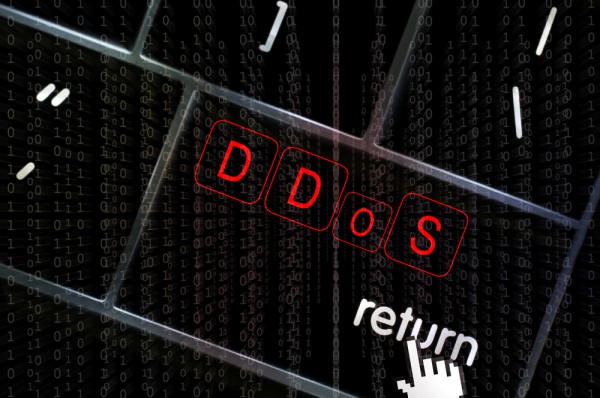2016 will see the rise of DDoS-as-a-service

We've already seen a big increase in DDoS attacks in the past year and according to the latest predictions these are set to continue and become more sinister in nature as we move into 2016.
Security specialist Corero foresees a rise in 'Dark DDoS' attacks used as various smokescreens to distract victims while other attacks infiltrate corporate networks to steal sensitive data.
Dave Larson, COO at Corero Network Security, says, "The highly sophisticated, adaptive and powerful Dark DDoS attack will grow exponentially next year as criminals build on their previous successes of using DDoS attacks as a distraction technique. The Carphone Warehouse attack in August was interesting because it was one of the first publicly reported cases of Dark DDoS in the public domain. This is a new frontier for DDoS attacks and a growing threat for any Internet-connected business that is housing sensitive data, such as credit card details or other personally identifiable information".
It also predicts a rise in DDoS-as-a-service cyber crime business models, where it's possible to pay to have victims hit for as little as $6.00 per month. This means less sophisticated cyber crime actors can readily become DDoS adversaries.
During October 2015, 10 percent of Corero's customer base was faced with extortion attempts, which threatened to take down or to continue an attack on their websites unless a ransom demand was paid. If the volume of DDoS attacks continues to grow at the current rate of 32 percent per quarter, according to Corero’s latest Trends and Analysis Report, the volume of Bitcoin ransom demands could triple to 30 percent by the same time next year.
Corero also anticipates 2016 will see ISPs come under pressure to provide DDoS mitigation services to their customers. In a survey conducted this autumn, Corero revealed that three quarters of enterprise customers would like their ISP to provide additional security services to eliminate DDoS traffic from entering their networks.
"The current status quo allows malicious traffic carrying DDoS threats to flow freely over most provider networks," says Larson. "As a result, most customers end up paying their provider for bandwidth that delivers potentially dangerous Internet content. But the technology exists for ISPs to turn this problem into a business opportunity. By providing DDoS mitigation tools as a service, deployed at the Internet edge, they can defeat this problem before it enters their customers’ networks".
More information on the changing DDoS landscape and lessons learned fron 2015’a attacks is available on the Corero blog.
Photo Credit: Duc Dao / Shutterstock
